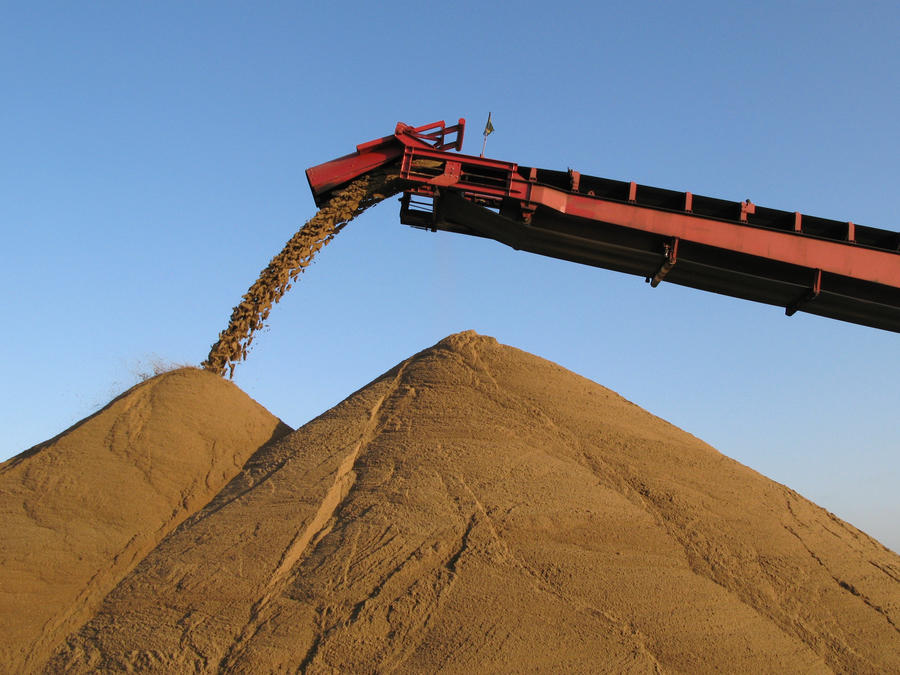Societal relevance
TILES will provide tools for integrating, visualizing, analysing, and managing available geological marine data. It will focus on parameters that allow scientists to test new proxies and hypotheses, and will offer monitoring programmes, like MSFD, the most up-to-date information of the best possible quality on relevant seabed properties. Specifically, advanced, easily adaptable multi-criteria evaluation techniques for the attributes of the 3D subsurface models will facilitate the analysis and prediction of habitat extent and refine the input to habitat suitability modelling (e.g. Degraer et al. 2008), a critical research data product assisting monitoring and management. Linked data on subsurface characteristics and natural and man-made sediment fluxes will support research on how human activities change the seabed sediment (e.g. Cooper 2012), alter the associated habitat extent and thus potentially deteriorate the integrity of the seafloor (e.g. Rice et al. 2012, MSFD). Unveiling the 3D structure of the subsurface will also provide new insights into the Quaternary evolution and allow better estimation of the geo-archaeological potential of marine environments, a new and important field (e.g. Brown 2008; Hijma et al. 2012).
For society in general, there is an urgent need to use the finite aggregates of the BPNS wisely at a time of growing total demand. Anticipating on accelerating sea-level rise during the 21st century, long-term coastal safety plans are increasingly centred around large-scale nourishment, requiring huge quantities of marine sand. With depletion of land-based resources, sand and gravel for building and infrastructure works is increasingly extracted offshore. Windmill parks need aggregates for erosion protection and to secure cable routings. The future realization of visions for energy islands, offshore grid platforms (North Sea ‘plug sockets’), shelter islands for enhanced maritime safety, recreational islands, new navigation routes, and transformation of sandbanks into islands for coastal protection (www.vlaamsebaaien.com) would require tens to hundreds of millions m3 of additional sand, far more than presently extracted volumes. Yet, no well-constrained estimates of sand and gravel exist for the BPNS, and no integrated tools are available to assess the environmental impact of large-scale extraction.

Policy makers will profit directly from the availability of science-based decision tools allowing them to estimate the resource potential while balancing extraction, on various scales, against evidence on environmental impact. Continuous and rapid changes in the supply-and-demand chain require user-friendly models that provide an understandable measure of uncertainty and allow efficient and flexible consultation of data and expert judgment. With new knowledge on resource availability, its nature and dynamics, and the interaction with human activities, future decisions can be made within the framework of newly proposed legally binding measures on maximum exploitation volumes and rates. This is in line with the strategic vision of the North Sea department of the Federal Public Service Economy, SMEs, Self-employed and Energy, in its advice to the Minister of Economy, Consumer Affairs and the North Sea (Chamber of Representatives of Belgium, 07/01/2013).





